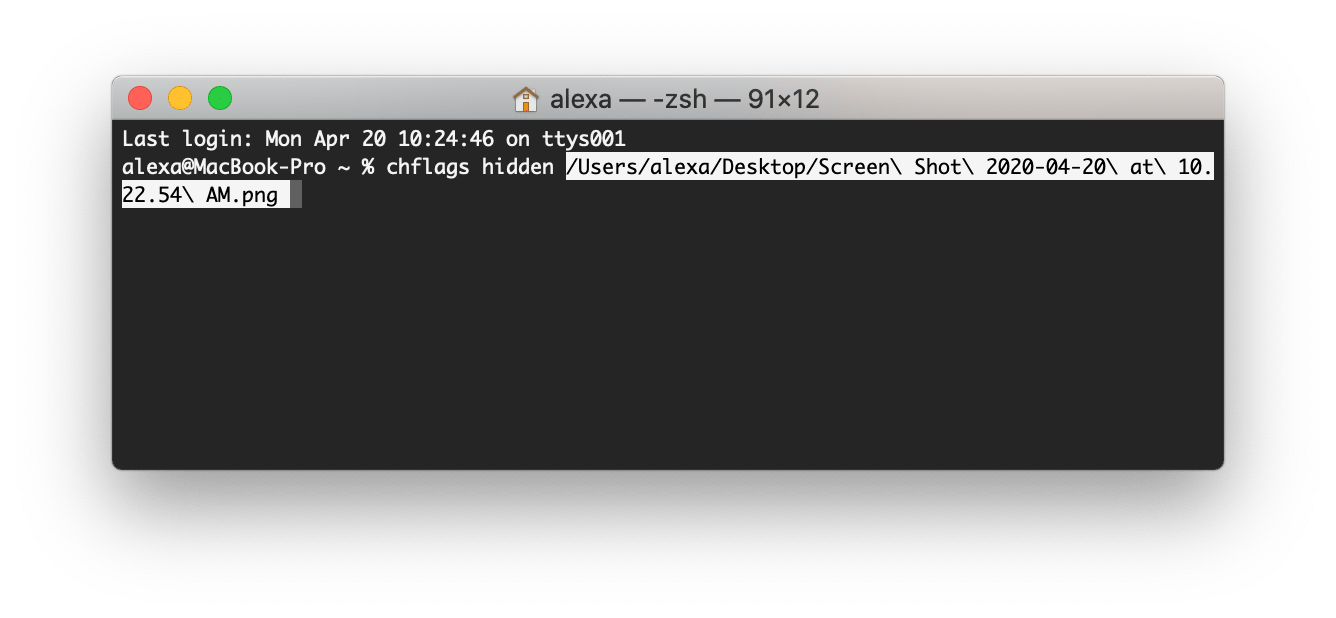

Give those commands a try on your system, see if you like them, or change them however you see fit. So, if I want to change the Terminal title to “SERVER”, I type this:īut if I’m currently in a directory named /Applications/MAMP/htdocs/aad828/themes, and I want to set the Terminal title to themes, I use this command instead:
Create a Unix alias (or shell script) to set the Terminal title to the current directory, using settitleĪs a quick example of this, here’s the contents of my settitle script:Īnd here’s an alias I use that sets the Terminal title to the name of the current directory:Īlias settitlePwd='settitle $(basename `pwd`)'. Create a shell script named settitle to do the things I just showed. If you want to set the Terminal title to the name of the current directory, do two things: Repeat previously entered commands The commands you enter during a session are saved so you can repeat a previously used command without retyping it. This sends a signal that causes most commands to terminate. Bonus: Set the Terminal title to the current directory In the Terminal app on your Mac, click the Terminal window that is running the command you want to terminate. Note that you can also create a Unix shell script to make this title process easier, i.e., so you can just type something like maketitle "SERVER". I did this by issuing commands like this: what I did was label one of my Terminal windows as "CLIENT", one as "SERVER", and the other as "BUILD". Ive told the shell to take me back one directory, and now Im back in home/. I want to go back one directory, back into my home folder. ) represents one directory backwards, or closer to the root. The commands we walk through below will work on any Unix-like system, including. #WHY ARE WINDOWS TERMINAL COMMANDS DIFFERENT FROM MAC MAC#
When you issue this command from the command line of a Mac Terminal window, it will change the title in the Terminal's title bar to "YOUR TITLE HERE." In the terminal, one dot (.) represents the current directory, and two dots (. The Unix command line shell is roughly equivalent to the command window in Microsoft Windows (cmd or PowerShell).

The basic escape sequence you need to change the Terminal title from the command line is this: This helped me easily identify what I was doing in each Terminal window. SSH or Secure SHell is an encrypted connection protocol which is used to connect to the command line interface of a remote machine.

I've been working on a project where I have three Mac Terminal tabs open at one time, and I found it was much easier to work this way when I changed the title on each Terminal window. Mac Terminal FAQ: How can I change the title on the macOS Terminal app from the Mac/Unix command line?







 0 kommentar(er)
0 kommentar(er)
